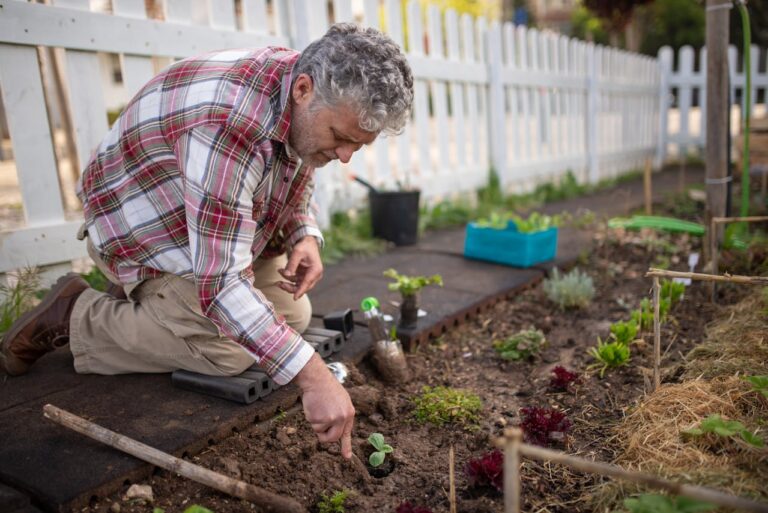Designing Lawns That Care for the Planet
Traditional lawns are often admired for their neat appearance, but they come at a high environmental cost due to water consumption, fertilizers, and fuel-powered maintenance. A planet-friendly lawn begins by rethinking the standard approach and reducing the size of turf areas. By incorporating ground covers, ornamental grasses, or wildflower patches, homeowners can create landscapes that are both visually appealing and less resource-intensive. This shift in mindset helps transform a yard into a sustainable green space that supports the environment rather than draining it.
Choosing Eco-Friendly Grass Varieties

Grass choice has a significant impact on how sustainable a lawn can be. Low-maintenance, drought-tolerant species such as fescues or buffalo grass require far less watering and fertilization compared to traditional turf. These varieties also resist pests more effectively, minimizing the need for chemicals that can harm soil and waterways. By selecting grass suited to the local climate, homeowners can enjoy lush lawns that remain resilient throughout the year while reducing their ecological footprint.
Conserving Water Through Smarter Practices
Water is one of the most precious resources when it comes to lawn care, and conserving it is crucial. Installing efficient irrigation systems such as drip lines or smart controllers ensures water goes directly to the roots without being wasted. Mowing lawns higher also shades the soil, reducing evaporation and helping the grass retain moisture. These simple adjustments turn lawn care into an eco-friendly practice that supports both the landscape and the planet’s limited water supply.
Reducing Chemicals and Embracing Natural Care
Chemical fertilizers and pesticides can give lawns a temporary boost, but they often harm the ecosystem in the long run. Instead, using organic compost, mulching grass clippings, and encouraging beneficial insects creates a healthier natural balance. These methods not only improve soil fertility but also keep the lawn resilient against pests and disease without relying on harmful substances. Embracing natural care ensures the lawn contributes to a healthier environment while staying green and vibrant.
Supporting Biodiversity in the Yard
Lawns that care for the planet go beyond being green carpets—they become living ecosystems. Planting flowering borders, leaving small meadow sections, or adding pollinator-friendly species encourages bees, butterflies, and birds to thrive. Even modest changes can turn an ordinary lawn into a hub of biodiversity, where wildlife finds food and shelter. By supporting these species, homeowners play a vital role in protecting ecosystems while still enjoying the beauty and functionality of their outdoor spaces.



